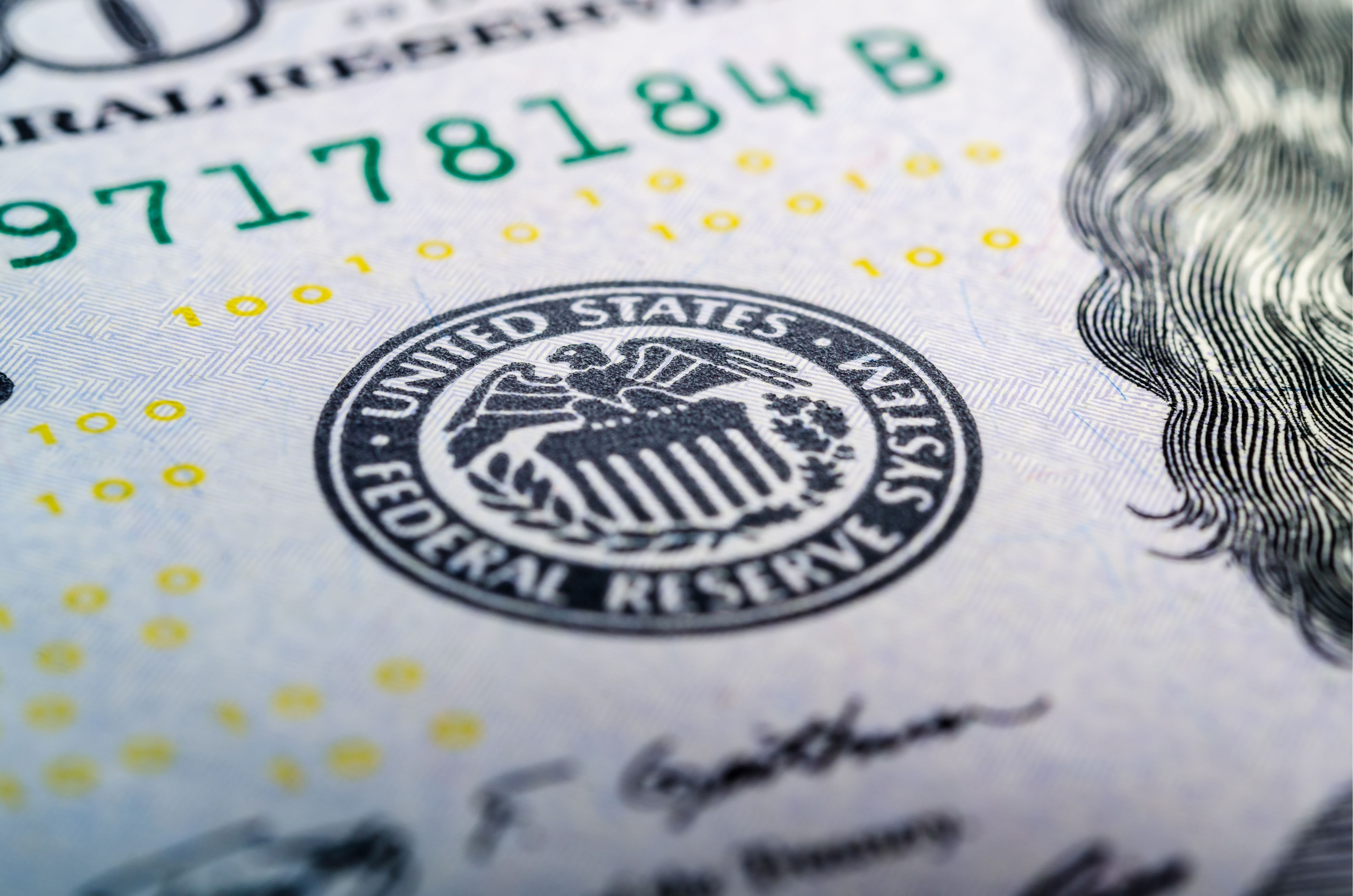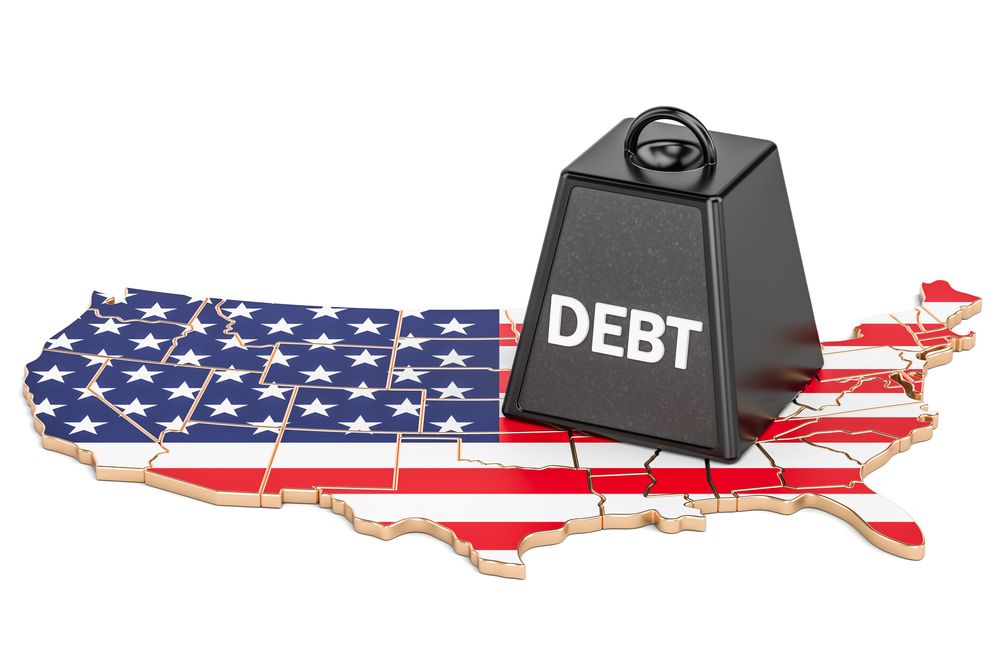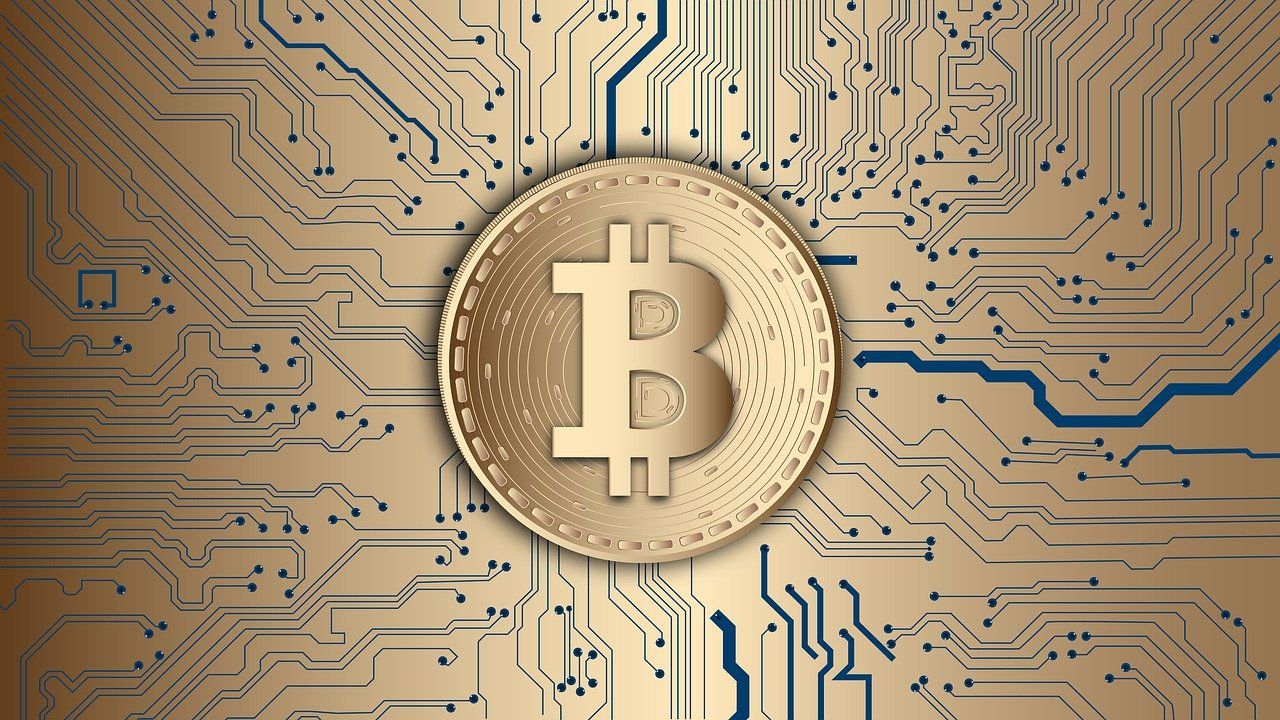No matter how much the world’s leaders try to hide it, the economies of the major nations are in trouble. Extreme measures by central banks are now common practices, but history has taught us that printing more money is not the answer. Bitcoin can help to remedy these issues.
Another week goes past and the major economies of the world slip further towards recession as central banks keep trying to bail them out. The US Federal Reserve (Fed) keeps injecting money into the financial system while central banks in Asia are employing their own tactics to ease the squeeze.
The Money Printing Problem
Yesterday the Fed added another $60 billion as part of its ongoing repurchase agreements which started in September. Bonds are taken in from eligible banks in what is effectively a short-term loan of central-bank cash, which keeps coming off the printing presses.
Last week the Fed said that its balance sheet stood at $4.11 trillion as of Jan 9.
VanEck director Gabor Gurbacs has questioned this monetary madness with a chart depicting a massive growth in money stock compared to a 30% decline in the rate at which people spend it.
“It appears that newly minted money (QE/stimulus) doesn’t really make its way to the economy/spending. Where is the money? Why print more?”
SponsoredWhile M2 money stock doubled (+$8 trillion) since the financial crisis, M2 money velocity (rate at which people spend money) decreased 30%. It appears that newly minted money (QE/stimulus) doesn't really make it's way to the economy/spending. Where is the money? Why print more? pic.twitter.com/pN2svFfQSx
— Gabor Gurbacs (@gaborgurbacs) January 13, 2020
NuggetsNews CEO Alex Saunders observed the impact on certain stocks that have gone off the chart following a decade of free-flowing money and plunging interest rates.
“Could it be that a decade of easy money policy where central banks now print money to buy Apple stock has led to asset valuation bubbles?”
Additionally, CNBC recently reported that the U.S. budget deficit has topped $1 trillion in 2019 for the first time in seven years. It has been a 17% increase from 2018, which itself had seen a 28% surge from the previous year. Yet, President Trump says all is well as national debt barrels past $23 trillion.
Bitcoin Solves This
It is all a part of the fractional reserve system whereby banks lend out money they do not have. This is something Bitcoin creator Nakamoto Satoshi was vehemently against as he stated in the now-famous white paper;
“Banks must be trusted to hold our money and transfer it electronically, but they lend it out in waves of credit bubbles with barely a fraction in reserve.”
Being mathematically finite, inflation resistant, cryptographically secure, and decentralized, Bitcoin does actually solve this as it was designed to. Unfortunately, it is currently controlled by a handful of whales rather than spread among the masses evenly where it could serve as a global borderless currency without the need for banks.
As Parallax Digital founder and CEO Robert Breedlove aptly points out;
“Bitcoin is a maximally inflation-resistant asset monetizing amid the most in inflationary macroeconomic environment in world history.”
#Bitcoin is a maximally inflation-resistant asset monetizing amid the most in inflationary macroeconomic environment in world history. pic.twitter.com/L76lTX3mj2
— Robert ₿reedlove (@Breedlove22) January 13, 2020
One thing is for sure — banks will ultimately be the cause of the next financial crisis which could be closer than you think. The experiment that began a decade ago could prove to be a resounding success for those few that believe in Bitcoin.




